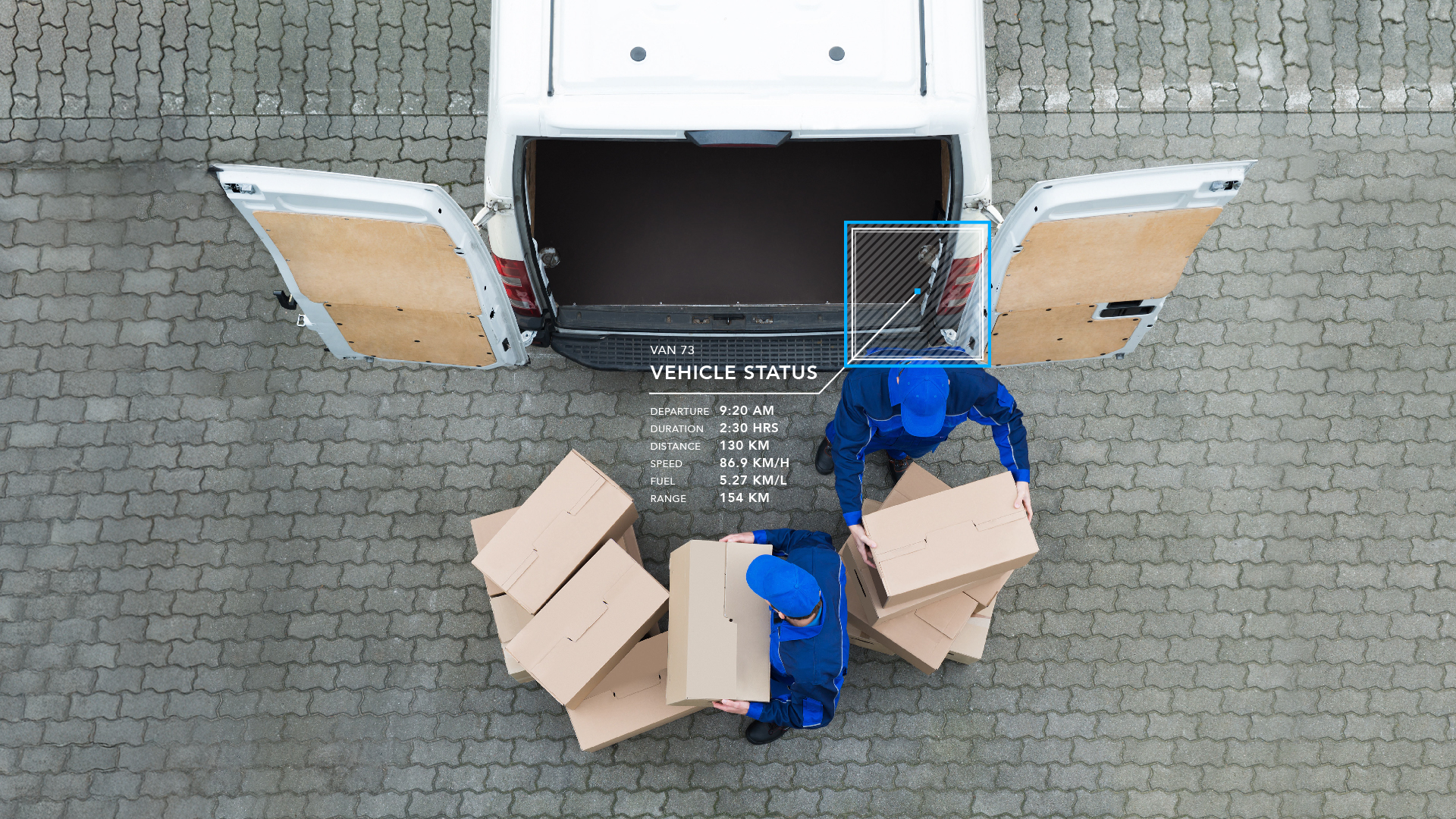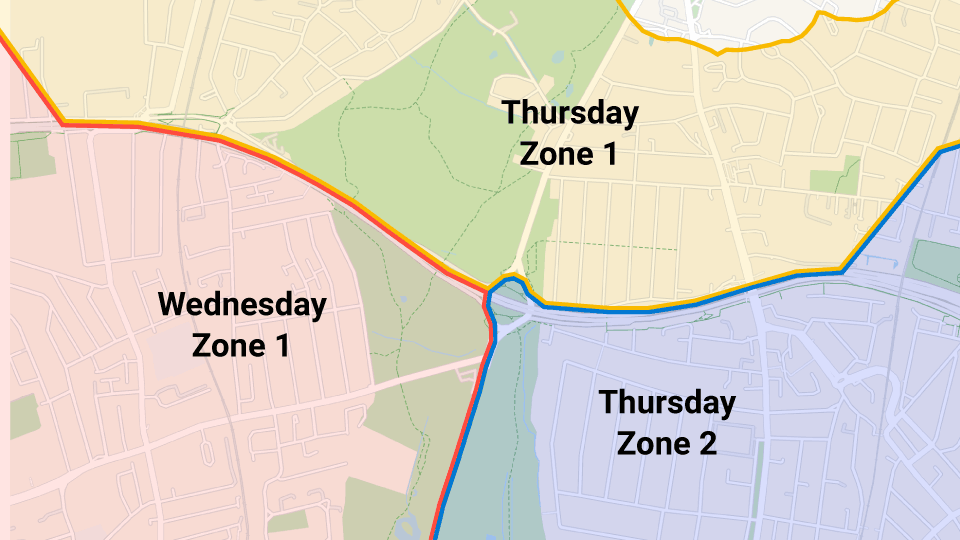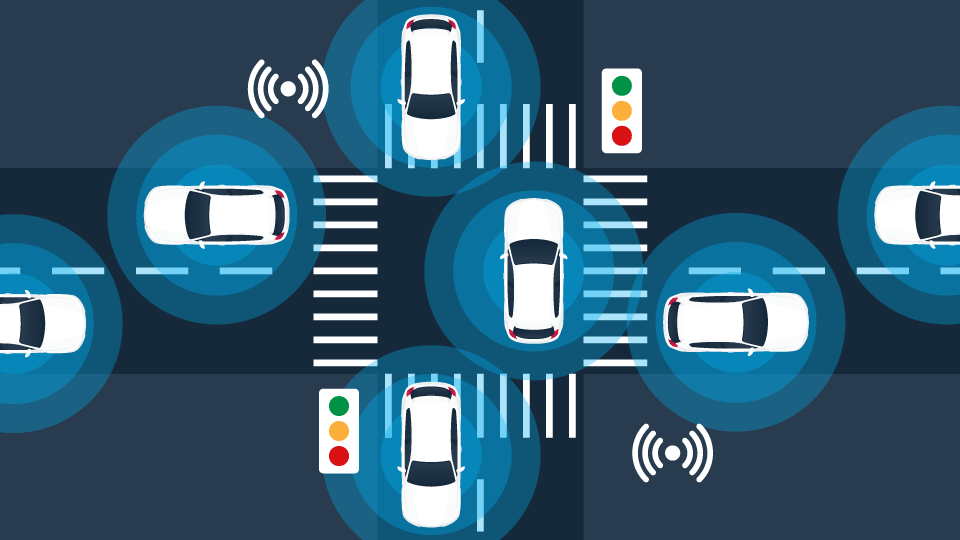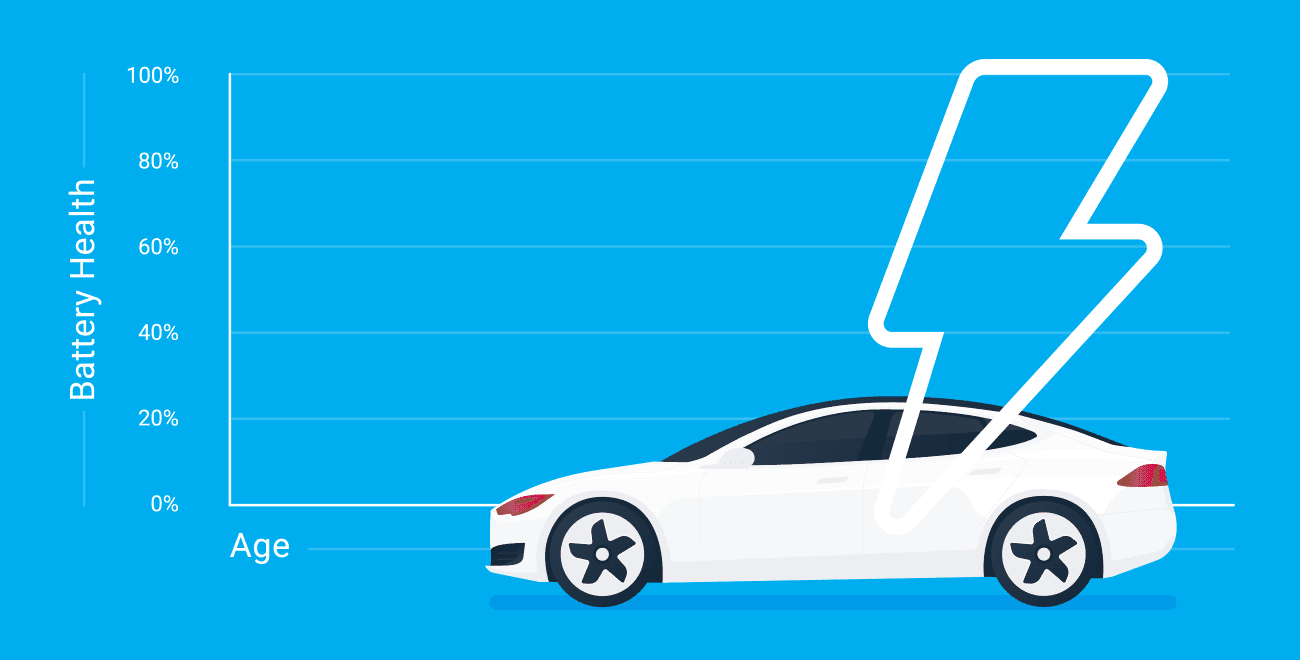Digital tachograph operation, instructions for use. The present and the future.
Digital tachograph operation, instructions for use.


Something has already changed recently with the 2020 tachograph legislation, EU Regulation 1054, which amended and supplemented its 2014 predecessor. But other important changes are already on the horizon as we await the new generation of the on-board "black box".
The digital tachograph (or tachograph), the natural heir to the analogue instrument in use until 2006, is a mandatory on-board equipment that records key information about the progress of international freight and passenger transport operations.
It is activated in automatic mode once a vehicle is turned on. Then all that remains is to insert the tachograph card assigned to the driver, and possibly the card of the co-worker next to him, into the two slots that open at the front.
What the digital tachograph does
As the name suggests, the digital tachograph keeps track of travel times, recording them and keeping them ready for sharing. Not only the moments behind the wheel, but, also and especially, those legally due for stopping and resting.
On this point, the European Union has been increasingly tightening the meshes of its regulatory apparatus in order to succeed in combating phenomena of exploitation of professional drivers and unfair competition between companies. With its work in preventing incidents of excessive driver fatigue, the digital tachograph deserves a place among the safety devices available to all road users.
Other information recorded and stored by the instrument relates to driving speed, overall distance traveled and any breakdowns/malfunctions that have occurred along the way. With respect to the specific provision related to the EU Regulation 165/2014, expansions on traceable data came as a result of changes introduced, again in the EU, by the 2020 tachograph legislation.
Even though the UK has left the EU, you may still need to follow EU rules on drivers’ hours and tachographs. The EU rules apply if the maximum weight of your vehicle or vehicle combination is more than 3.5 tonnes and you’re driving either:
- in the UK
- to, from or through an EU country
You must use a tachograph if the vehicle you’re driving comes under EU or AETR rules. The only exemptions are for if your vehicle isn’t covered by EU rules or if it’s exempt from EU rules on drivers’ hours.
Tachograph: the whys of the new 2020 regulations
The regulation we are talking about, Reg. 2020/1054 entered directly into force in all EU member states on August 20th 2020 without the need for national transposition, however, the contents of Art. 1 point 15 and Art. 2 point 12, regarding the driver's possession of records for the previous 56 days in addition to the current day, will only apply as of Dec. 31, 2024.
The provisions in Regulation 1054/2020 are designed to combat social dumping of drivers, i.e., the (bad) practice put in place by some companies that locate their business in geographic/commercial settings other than their home country but favourable because of lower cost or less restrictive labour provisions.
They also aim to oppose the misuse of industrial cabotage (the transit of goods between several EU countries, related to the need for registration following posting-see in this regard EU Directive 1057/2020).
The categories of vehicles affected and exempted by EU Regulation 1054/2020
What changes in detail does the 2020 tachograph regulation, EU Regulation No. 1054, which at the same time amends some passages of EC Regulation 561/2006 concerning drivers' driving and rest times, bring?
Let's start with the scope of application. On the one hand - but it will have to wait until July 1, 2026 - it will expand to vehicles with a total mass between 2.5 and 3.5 tons (including trailers and semi-trailers) engaged in international trucking activities.
The following will be exempt from the requirement to have this equipment and to comply with driving times, rest/stop times and times of availability of the tachograph, on the other hand: self-paid transport vehicles; vehicles driven by drivers for whom the activity does not constitute a main resource.
Already excluded from August 20, 2020, however, are industrial vehicles with a gross vehicle weight of less than equal to 7.5 tons for the handling of materials, equipment and machinery used for work, as well as vehicles used for the delivery of craft goods within 100 km of the company's premises.
[For more on how the rules on drivers' driving time and rest time have changed, see the text of EU Regulation 1054/2020, in particular the amendments and additions applied to Articles 7 to 12]
Tachographs, the timeframe to comply with the new smart 4.1 equipment
The European Union has set a deadline of up to three years from the end of the one in which the Measure was recorded to come into force (thus, 2020) for the transition to the new generation of smart tachograph, the 4.1.
Owners of commercial vehicle fleets operating outside the borders of the member state of registration will be obliged to purchase the new generation of smart tachograph, specifically:
- those who previously had the analogue tachograph;
- those who previously had the instrument fitted until the date of September 30, 2011;
- those who previously had the digital tachograph from October 1, 2011 and October 1, 2012.
An extra year (four in total) is granted to vehicles that had relied on the previous generation of smart tachograph, regulated in EU Commission Implementing Regulation 2016/799 dating back to March.
Also under EU Regulation 1054/2020, there is a change in the process of registering the country where the international transport activity begins or ends. In fact, it must now take place at the first staging area present across the border, as well as at the port or railway station of destination. With the advent of the next generation of digital tachographs, this will become unnecessary.
How the next-generation digital tachograph works
The registered travel parameters and their corresponding symbols on the onboard equipment display are expected to be supplemented, following the technological evolution outlined in the regulatory framework, with information relating to:
- place of start and end of the working day;
- border crossing and entry into an EU member state;
- loading/unloading activities;
- use of the vehicle (freight or passenger transport);
- position gained for every three total hours of driving;
Already the generation currently in use makes it possible to detect where the vehicle is by relying on the Global Navigation Satellite System (GNSS) geo-radiolocation and land navigation satellite system, applicable to transport by road, sea or air. As for travel by ferry or train, a new, dedicated symbol is to be placed on the digital tachograph.
Surely the most interesting step forward, however, will concern remote transmission in case of exceeding driving times.
A valuable aid to support the EU's efforts to protect the health and work-related rights of drivers.
Subscribe to the Geotab Blog

With many years of experience in the telematics industry, Diego has a strong expertise in the transportation area.
Related posts

Strategic Implementation of Telematics for Optimising Last-Mile Delivery Operations
April 1, 2025
2 minute read
.jpg)
-EN-Na-final-July24_Card-1x.jpg)
Gross Vehicle Weight Rating: GVWR for heavy loads and lorries
June 26, 2024
2 minute read



